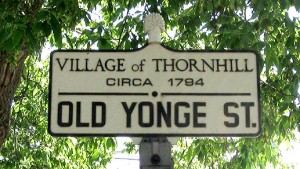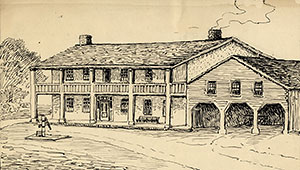The objectives of the YRCC 878 website?
- To give all Unit Owners with a secure web site where they can review the corporation related documents and post their comments
- To create a larger sense of community by sharing the important community related information
- To regularly post the Community News and other relevant content
- Easily update the information when the Board Members or Property Management change
- To make sure the quorum for Annual General Meetings or the Owners Meetings are established by posting Proxy Forms for easy retrieval and sending “reminders” to Unit Owners about up-coming events and meetings.
- To allow new Owners to create their Owners account and bring them up-to-speed as they move in by sharing News, Newsletters and Frequently Asked Questions
- To self-serve for documents and forms retrieval, telephone and email changes, and contact information of the Board of Directors and Property Manager
- If the unit Owner becomes a Board Member the key documents they need to maintain are already available electronically.

The History of Thornhill
Thornhill was founded in 1794 by its first settlers on Yonge Street in Thornhill. The settlement came to be known as Thorne’s Mills, and later, Thorne’s Hill, from which its current name is derived. Between 1830 and 1848, Thornhill experienced a period of continued growth and prosperity. The business district of Thornhill developed on its part of Yonge Street, between Centre Street and John Street. Stagecoaches traveled between Holland Landing (Lake Simcoe) and York (Toronto) as Yonge Street’s road conditions improved with new stonework. During this prosperous period, several churches, many of which are still standing today, were constructed.Thornhill’s location along Yonge Street, a major transportation route, proved to be beneficial to the community’s growth throughout much of the twentieth century. The implementation of an electric street railway along Yonge Street in 1898 towards Kleinburg, Georgina, King and Toronto meant that, for the first time, it was possible for people to live in Thornhill and work in Toronto. By the 1920s, the prevalence of the automobile further facilitated travel along Yonge Street.
In 1971, York Region was created, part of a wave of municipal re-organization which converted many townships into towns and eliminated many of the municipal forms of organization which had existed within those townships. The establishment of a regional administration effectively eliminated the Police Village of Thornhill. Thornhill’s administration reverted to the newly formed towns of Markham and Vaughan at this time.
While the old village of Thornhill revolved around Yonge Street between Centre and John Streets, the community is typically thought to be located between Dufferin Street to the west, Highway 7 to the north, Steeles Avenue to the south, and Highway 404 to the east.
Thornhill has a very ethnically diverse population. According to 2011 Federal Census data, the electoral district of Thornhill has 140,265 inhabitants. It is home to significant visible minority communities, but is particularly known for its large Italian, Chinese, South Asian, Korean, Persian, Filipino, West Asian and Jewish communities, outside of its traditional population.According to the 2009 Report of Canada’s Demographic Task Force, Thornhill-Vaughan is home to more than 33,000 members of the Jewish community.



Recent Comments